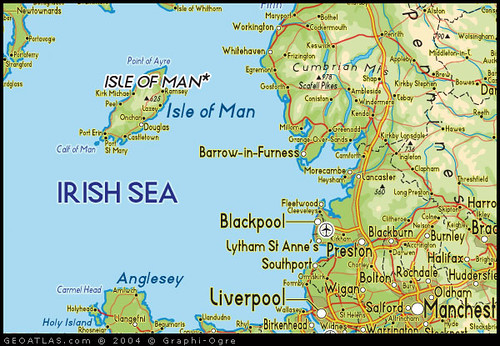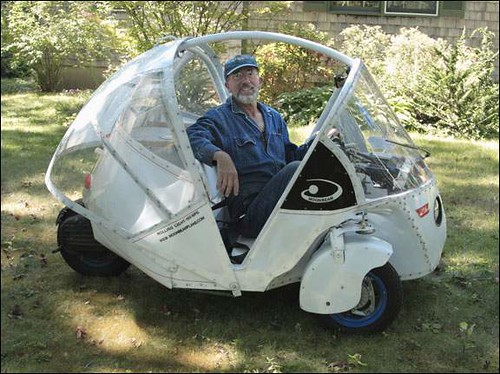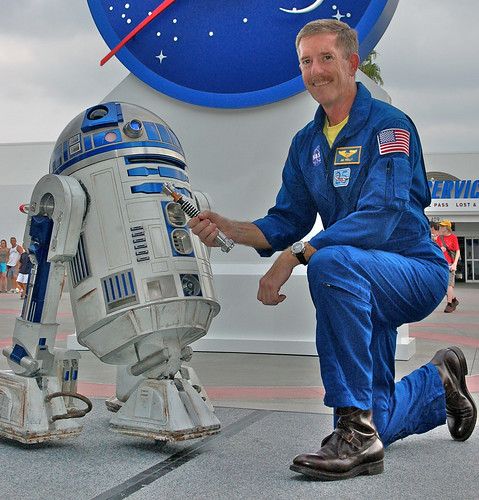The Wright Flyer got only a few feet off the ground during its maiden flight in 1903, but traveled to the moon 66 years later.
A lead cargo tag that took months to cross the Atlantic Ocean from England to the nascent colony at Jamestown recently made the same crossing in minutes.
Now a plastic handle whose sole role was to make the fictional world of Star Wars look realistic is ready to take a real trip to the stars aboard space shuttle Discovery for mission STS-120.
From pieces of history to articles of pop culture, the assortment of items astronauts have taken with them into space is as varied as the world the artifacts represent.
Most of the objects find esteemed homes when they return, such as a stuffed teddy bear that STS-116 Commander Mark Polansky took into orbit. The bear was a replica of one owned by a Holocaust survivor. The astronaut returned the replica to a museum after the flight for its collection.
For the Star Wars prop, a lightsaber handle that was used by Luke Skywalker, even the send-off was celebrated. Actors dressed as characters including Chewbacca and X-wing pilots escorted the item to an airport in California for the flight to NASA’s Johnson Space Center in Houston, where it was packed into a shuttle locker and taken to NASA’s Kennedy Space Center in Florida for loading aboard Discovery.
Astronaut Jim Reilly, who flew three missions and has conducted eight spacewalks, said there is a symbolic tie between the lightsaber and the real-life work NASA does in space.
"There’s a kind of a fine line between science fiction and reality as far as what we do and it’s only just time really because a lot of what we’re doing right now was science fiction when I was growing up," he said. "I think it’s a neat link because it combines two space themes all at one time."
The lightsaber will spend 14 days in orbit on mission STS-120, but is not expected to leave the locker during the flight. It will be returned to Star Wars creator George Lucas’ film company after the mission.
It will not be the first time a Star Wars-related item has gone into orbit, though. Reilly said astronauts have taken small Star Wars toys into space with them when asked.
"Toy mementos, things like a Star Wars toy that might have meant something in their life, so there are any number of things that might be just a little out of the ordinary," he said.
More solemn markers have also accompanied astronauts. For example, Reilly’s STS-117 mission carried a medal earned by a World War II pilot who died in the war.
Patches, flags and medallions are routinely carried by the dozens or more on each flight, with some going on display and many going as awards to shuttle workers and VIPs.
"I think it makes it real," astronaut Rick Arnold said. "I lived in several countries and I think it’s nice to be able to present one of the flags that flew on our mission to those host countries as a thank you."
Arnold has been picked to fly aboard STS-119 in 2008, and is just starting to contemplate what to take with him to mark the occasion.
"There’s not a lot of room for personal items," he said.
Wedding rings and other small tokens are often taken into orbit. They are small enough to fit and large enough to have meaning. Each crew member is allowed to take about two pounds of mementos on their flight, but they must fit in a comparatively tiny area.
Astronaut Stephanie Wilson is taking a sheet of music from the Boston Symphony Orchestra onboard Discovery for mission STS-120. The music comes from Beethoven’s "Ode to Joy," a favorite in the orchestra’s extensive repertoire. Wilson worked at one time in a music store in Tanglewood, Mass., which is the summer home of the orchestra.
Some items never leave space, notably mission emblems like those stuck to the walls inside the International Space Station.
Another example is a golf ball astronaut Alan Shepard carried to the moon on Apollo 14 and hit with an improvised club.
Moonwalker Charles Duke left a portrait of his family on the lunar surface.
Thousands of signatures have also gone into the solar system in the form of computer codes imprinted on compact discs.
Whether they go into space to stay or to be appreciated anew back on Earth, the artifacts manage to find a unique home.
"When you get the chance to deliver that stuff back to your family and friends, they’re really excited about it," Reilly said.








